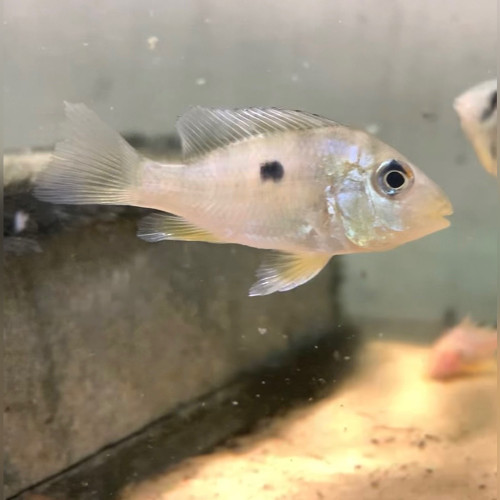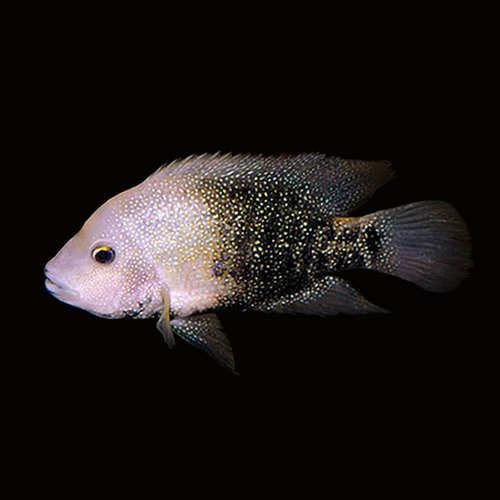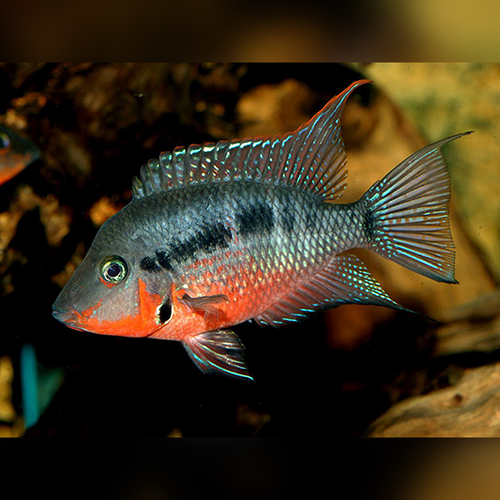Our Guide To Keeping Paraguay Eartheater Cichlid Fish
-
About Fish Species:
- Scientific name: Gymnogeophagus balzanii
- Common name: Paraguay Eartheater
- Family: Cichlidae
- Origin: South America (Paraguay River Basin)
- Adult length: 10-12 cm
- Lifespan: 5-8 years
-
Tank Setup:
- Paraguay Eartheaters prefer a tank with plenty of open space and hiding spots. A minimum tank size of 75 gallons is recommended.
- Provide a substrate of fine sand or smooth gravel to mimic their natural environment.
- Decorate the tank with rocks, driftwood, and caves to create territories and hiding places.
-
Water Parameters:
- Paraguay Eartheaters thrive in slightly acidic to neutral water conditions with a pH range of 6.5 to 7.5.
- Keep the water temperature between 24 to 28°C (75 to 82°F).
-
Filtration and Water Flow:
- A powerful filtration system with a gentle to moderate water flow is suitable for these fish.
- Ensure good water circulation to maintain water quality and oxygen levels.
-
Diet:
- Paraguay Eartheaters are omnivores and will accept a variety of foods. Offer them a balanced diet consisting of high-quality pellets, flakes, and live or frozen foods like bloodworms, brine shrimp, and small insects.
- Feed them small, frequent meals to prevent overfeeding and maintain water quality.
-
Tank mates:
- Paraguay Eartheaters are generally peaceful but can be territorial, especially during breeding. They can be kept with other peaceful South American cichlids and larger, non-aggressive fish species that can hold their own.
- Avoid keeping them with aggressive or overly territorial fish that may stress or harm them.
-
Behavior and Compatibility:
- Paraguay Eartheaters are active diggers and will rearrange the substrate in the tank. Provide them with plenty of space and hiding spots to exhibit their natural behaviors.
- They may become territorial, especially during breeding, so provide ample space and territories to prevent aggression.










